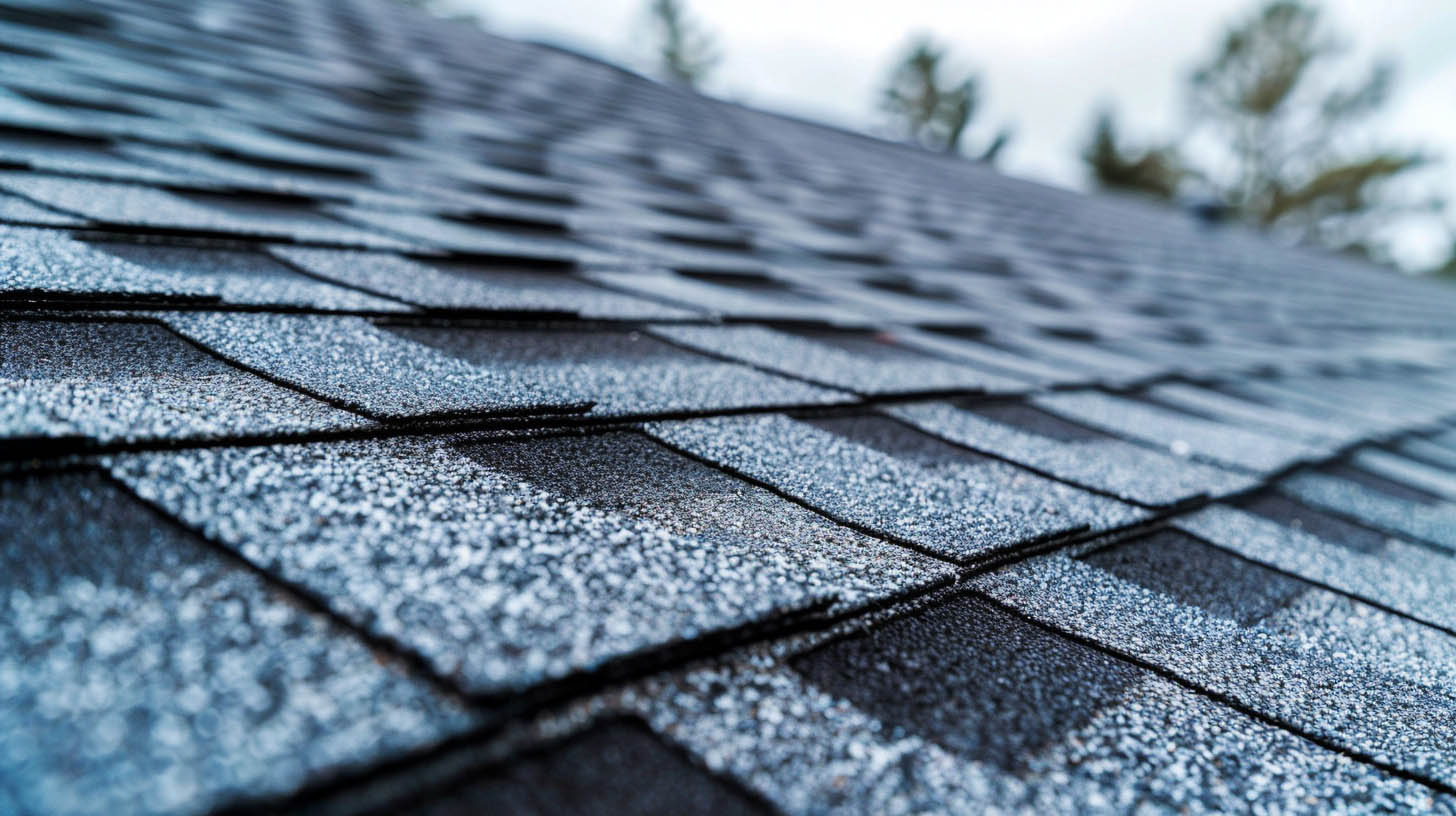Measuring your roof for shingles is an essential task to ensure you purchase the right amount of materials without waste. This guide will take you through the detailed steps required to measure your roof and estimate the number of shingles needed.
Essential Tools for Roof Measurement
Before beginning the measurement process, ensure you have the following tools:
Tape Measure: Crucial for obtaining precise dimensions of your roof.Ladder: Necessary for safe roof access, ensuring it is appropriate for your roof’s height.
Calculator: Helps in computing areas and the total number of shingles required.
Notepad and Pencil: For recording measurements and calculations.
Roofing Calculator App (optional): For those who prefer digital calculations, several apps are available that can simplify the measuring process.
Step-by-Step Guide to Measuring Your Roof
1. Prepare Your Tools and Safety Gear
Gather all necessary tools and wear appropriate safety gear, including non-slip shoes and durable gloves. Ensure your ladder is stable and safe.
2. Measure Each Roof Plane
Start by measuring the length and width of each plane on your roof. For accuracy, measure from the edges of the eaves up to the ridge. Use your notepad to jot down each measurement.
3. Calculate the Total Area
Multiply the length by the width for each roof plane to determine the area in square feet. Sum these areas to get the total square footage of your roof.
4. Adjust for Roof Pitch
The pitch of your roof affects the total amount of shingles needed. To adjust for pitch, measure the vertical rise over a 12-inch horizontal run. Convert this ratio into a decimal (e.g., a 4:12 pitch is a 0.33 multiplier) and multiply this by the total area to account for the additional materials needed for higher pitches.
5. Estimate Shingle Requirements
Using the total adjusted square footage, calculate how many shingles you will need. Shingles are typically sold by the square (100 square feet), and most roofs require about three bundles per square. Add 10-15% extra to account for waste and trimming.
Roofing Features and Adjustments
Complex Features
If your roof has complex features such as chimneys, skylights, or multiple valleys, additional measurements and calculations are needed. Measure these areas separately and add their square footage to your total.
Roof Obstacles
Account for obstacles like vent pipes or dormers, which may require extra shingles or different types of shingles for proper coverage.
Conclusion
By following these detailed steps, you can ensure that you accurately measure your roof and purchase the correct amount of shingles. Remember, for homes like those serviced by Summit Exteriors in Coeur d'Alene, ID, it’s beneficial to consult with a professional to verify your measurements and estimates. Summit Exteriors is known for their dedication to quality and precision, making them a trusted partner in your roofing projects.



